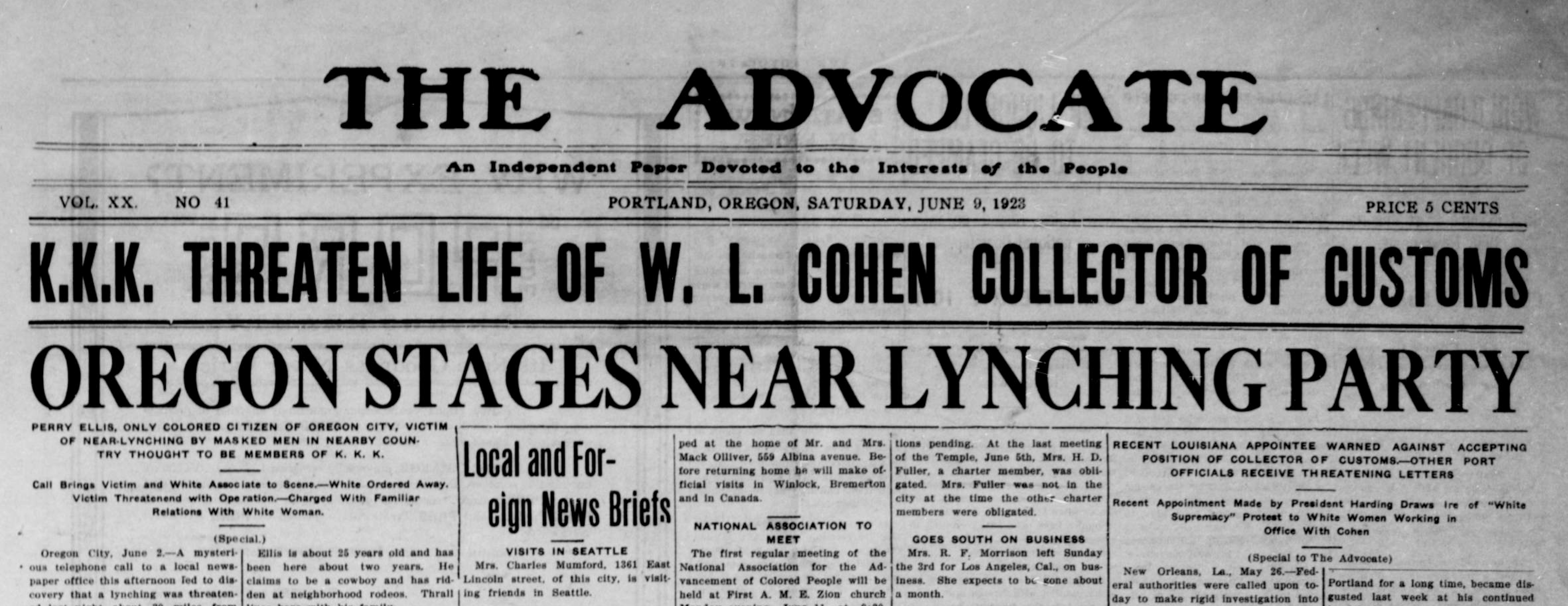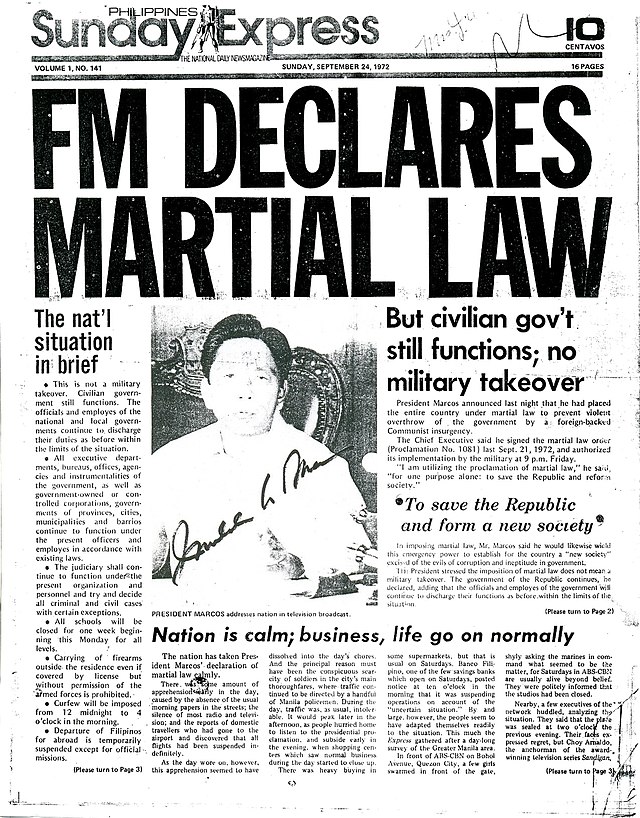3 Simple Techniques For News Articles
3 Simple Techniques For News Articles
Blog Article
4 Easy Facts About News Articles Described
Table of ContentsFascination About News ArticlesAn Unbiased View of News ArticlesThings about News ArticlesSome Known Details About News Articles News Articles - Truths
Excellent knowledge of various topics gives trainees an affordable edge over their peers. Although electronic and social media are conveniently easily accessible, we must not fail to remember exactly how essential it is to check out the papers. Parents need to attempt and inculcate the routine of checking out a newspaper as a day-to-day routine to continue the tradition of the revered print medium.Newspaper article also have a minimum of one of the adhering to important qualities family member to the intended target market: distance, prominence, timeliness, human rate of interest, oddity, or consequence. The associated term journalese is in some cases used, usually pejoratively, to refer to news-style writing. An additional is headlinese. Newspapers usually stick to an expository writing style.
Within these restrictions, information tales additionally aim to be comprehensive. Among the larger and a lot more recognized papers, justness and equilibrium is a major element in presenting details.
Newspapers with a global audience, as an example, tend to use a more formal design of creating. The certain choices made by an information outlet's editor or editorial board are usually accumulated in a design guide; usual style guides consist of the and the US Information Style Book. The major goals of information writing can be summarized by the ABCs of journalism: accuracy, brevity, and clarity.
The Single Strategy To Use For News Articles
As a rule, journalists will not make use of a lengthy word when a brief one will certainly do. News authors attempt to avoid making use of the very same word extra than when in a paragraph (in some cases called an "resemble" or "word mirror").
Headlines in some cases omit the subject (e.g., "Jumps From Watercraft, Catches in Wheel") or verb (e.g., "Cat lady fortunate"). A subhead (also subhed, sub-headline, subheading, caption, deck or dek) can be either a secondary title under the primary heading, or the heading of a subsection of the post. It is a heading that comes before the main text, or a group of paragraphs of the primary text.

Additional signboards of any of these types may show up later in the short article (particularly on succeeding web pages) to tempt further reading. Such billboards are additionally used as guidelines to the why not look here short article in various other areas of the publication or site, or as advertisements for the item in various other publication or websites. Regular structure with title, lead paragraph (summary in vibrant), various other paragraphs (details) and get in touch with details.

Instance of a hard-lead paragraph NASA is proposing another area job. The company's budget request, announced today, consisted of a strategy to send one more mission to the Moon. This time the agency wishes to develop a long-lasting facility as a jumping-off place for other space adventures. The budget demands roughly $10 billion for the job.
The NASA news came as the firm requested $10 billion of appropriations for the job. An "off-lead" is the second crucial front page news of the day. The off-lead appears either in the leading left corner, or straight listed below the lead on the right. To "hide the lead" is to start the short article with background details or information of additional significance to the readers, forcing them to review more deeply into a write-up than they must have to in order to uncover the crucial points.
The Single Strategy To Use For News Articles
Common usage is that a person or two sentences each develop their own paragraph. Reporters usually describe the company or framework of a news tale as an upside down pyramid. The essential and most fascinating elements of a story are placed at the start, with sustaining details following in order of decreasing value.
It permits individuals to explore a topic to only the depth that their curiosity takes them, and without the imposition of details or nuances that they could consider unimportant, but still making that details readily available to more interested readers. The inverted pyramid framework also enables articles to be cut to click to find out more any kind of approximate size throughout design, to suit the area readily available.
Some writers start their tales with the "1-2-3 lead", yet there are numerous sort of lead available. This style invariably begins with a "5 Ws" opening up paragraph webpage (as defined over), complied with by an indirect quote that serves to sustain a major element of the initial paragraph, and afterwards a straight quote to support the indirect quote. [] A kicker can describe numerous things: The last story current program; a "delighted" story to end the program.
Longer articles, such as publication cover articles and the items that lead the inside areas of a newspaper, are understood as. Feature tales differ from straight information in several means.
All About News Articles
The journalist commonly details communications with interview topics, making the piece more individual. A function's first paragraphs typically associate an interesting minute or event, as in an "anecdotal lead". From the particulars of an individual or episode, its sight promptly broadens to generalizations regarding the story's topic. The area that signals what a function has to do with is called the or billboard.

The Editor's Toolbox: A Reference Overview for Beginners and Professionals (2001) Allan M. Siegal and William G. Connolly. The New York City Times Handbook of Design and Use: The Authorities Style Guide Used by the Writers and Editors of the World's Most Authoritative Newspaper (2002) M. L. Stein, Susan Paterno, and R.
Report this page